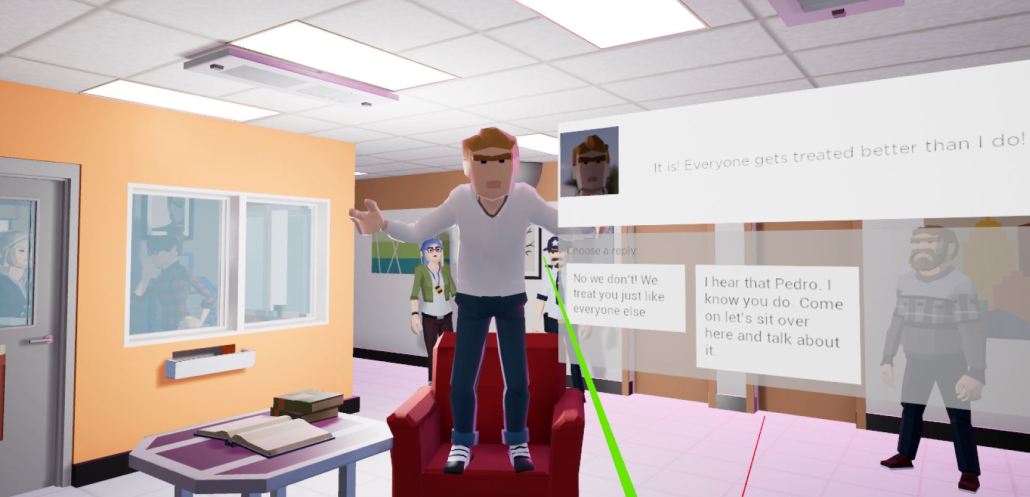paper on JEC

Paper published in the Journal of Experimental Criminology.
Cory P. Haberman, Ming Tang, JC Barnes, Clay Driscoll, Bradley J. O’Guinn, Calvin Proffit, The Effect of Checklists on Evidence Collection During Initial Investigations A Randomized Controlled Trial in Virtual Reality. Journal of Experimental Criminology.

Objective To examine the impact of an investigative checklist on evidence collection by police officers responding to a routine burglary investigation.
Methods A randomized control trial was conducted in virtual reality to test the effectiveness of an investigative checklist. Officers in the randomly assigned treatment group (n = 25) were provided with a checklist during the simulated investigation. Officers in the control group (n = 26) did not have access to the checklist at any time. The checklist included five evidence items commonly associated with burglary investigations.
Results Officers who were randomly provided with an investigative checklist were significantly more likely to collect two evidence items located outside of the virtual victim’s home. Both treatment and control officers were about equally as likely to collect three evidence items located inside the residence.
Conclusions Investigative checklists represent a promising new tool officers can use to improve evidence collection during routine investigations. More research is needed, however, to determine whether checklists improve evidence collection or case clearances in real-life settings. Virtual reality simulations provide a promising tool for collecting data in otherwise difficult or complex situations to simulate
Keywords: Investigations, Burglary, Checklists, Policing, Experiment, Randomized controlled trial
more information on this VR police training project available here.

















